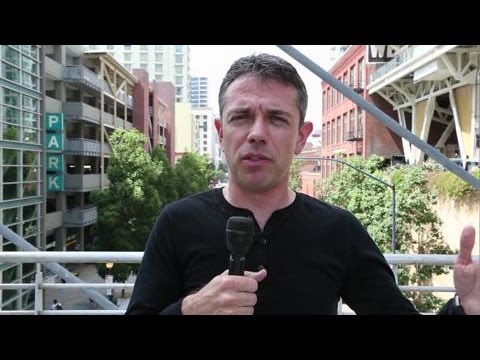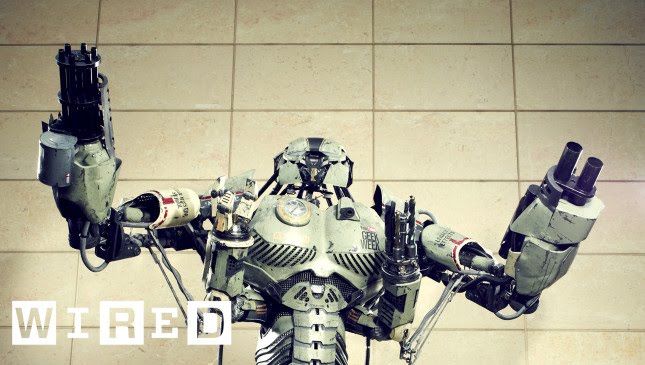Fighter Pilots: Life in the Cockpit
Summary
In this article, we explore the world of fighter pilots through various clips from movies and TV shows, as well as a conversation between pilots in the cockpit. We discuss the technical aspects of their work, including the use of masks and aviation jargon, as well as the tactics used during missions.
Table of Contents
- Introducing Christine Ma: A Former US Air Force Pilot
- Technical Aspects of Fighter Pilots’ Work
- Critiques of Scenes from Clips
- Conversation Between Fighter Pilots
- Top Gun: The Movie and Flying Fighter Jets
Introducing Christine Ma: A Former US Air Force Pilot
We begin by introducing Christine Ma, a former US Air Force pilot who is now an F-35 flight instructor. Ma provides insights into the life of a fighter pilot, including the meaning of terms such as “being painted,” “flares,” and “splashed.”
Technical Aspects of Fighter Pilots’ Work
We delve into the technical aspects of fighter pilots’ work, including the use of masks, following the flight lead, combatting glare, violating training rules, and using call signs. We also explore aviation jargon such as “buddy spike” and “transmitting in the blind on guard.”
Critiques of Scenes from Clips
We critique some of the scenes from the clips, pointing out inaccuracies and unrealistic portrayals. For example, we explain that climbing up high is not a good way to evade an infrared-guided missile, and that the F-22 is one of the fastest fighters out there, making it unlikely that Iron Man’s suit could outrun it.
Conversation Between Fighter Pilots
We listen in on a conversation between fighter pilots in the cockpit. They discuss various topics such as the dangers of flying at low altitudes and high speeds, the concept of missile lock, and the importance of mutual support between pilots. We also learn about the use of international signals when intercepting another aircraft.
Top Gun: The Movie and Flying Fighter Jets
We discuss the movie Top Gun and its portrayal of flying fighter jets. We explain the use of radar and IR warning receivers, afterburners, and maneuverability of the aircraft. We also critique the unrealistic scenes in the movie, such as flying under a bridge and turning tightly around skyscrapers.
Conclusion
Overall, this article provides a comprehensive overview of the world of fighter pilots, including their technical work and tactics, as well as critiques of their portrayal in movies and TV shows. It also provides insight into the language and communication used by fighter pilots during missions.







